Nicoletta Caraceni
Zen and the passion for shoulders
Nicoletta Caraceni – Zen and the passion for shoulders

»Everything made by hand is something alive and I like that very much.«
Nicoletta, please tell us a little bit about yourself and how it all began.
Ever since I was a little girl, on a Sunday morning, my father would say, “Come with me”, and I thought he would take me to the park, but instead we went to his workshop. So I played with chalk and thread whilst he was working. And later when I studied modern languages at university, he began to take me along to fittings with foreign clients. When I was 18 years old, he took me to Paris.
We went to Yves Saint Laurent’s home and waited in a fantastic room with Picasso and Andy Warhol paintings on the wall. It was wonderful. Mr. Saint Laurent arrived and welcomed my father with open arms and said “Buongiorno, Maestro”. That really was an epiphany. I understood in that moment who my father was, besides being my father. He was an artist, a maestro, a man passionate about his creative work. So then I began to learn and to collaborate with him.
When he was 81 years old, my father was working on a jacket and said to me, “Isn’t this wonderful, this job?” And I replied, “but you’ve been a tailor for 65 years.“ And he said, “Oh, it’s fantastic because I never stop learning. And I have so much to learn still. “
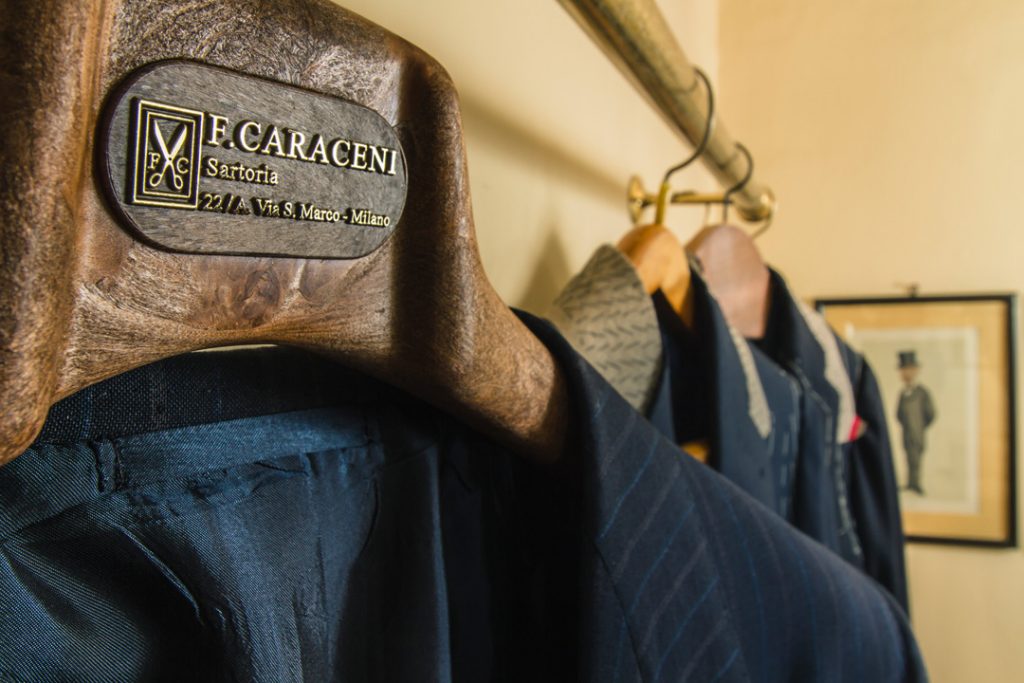
Was it hard to work in a fairly male dominated industry?
Yes, certainly. When I began to work in 1983, there were very few women in all sorts of fields, especially in men’s bespoke tailoring. In the beginning, when the clients arrived at our studio, they thought I was perhaps a secretary who opened the door. So for many months, I was very silent, listening to my father, watching him how he advised the clients about materials, about design and so on.
My father was very tough too. He told me that first of all, I had to understand materials. So whenever there were free moments, I had to get all these materials in the room in order, touch them, and look at them. My father knew the weight and the composition of a material with his eyes closed, just by touch.
It wasn’t easy at all. But for my father, this was very, very important. And it’s true, the material is the first step of a suit in the story of the suit. It is governed by the life of the client, whether this person travels a lot, works a lot, or leads a quiet life. You must advise him on the right materials, also for his body shape. If a man is not very tall, I can’t recommend a big check or a very large stripe because that kind of design would make the man look shorter.
I had to learn many, many things and it was a challenge, but I liked it. I worked with daddy 21 years, and it’s now 17 years that I’ve worked alone. Sometimes my father wasn’t there, and so I think that with honest advice and always with my clients’ best interest in mind, they began to trust me, but it was a long process.
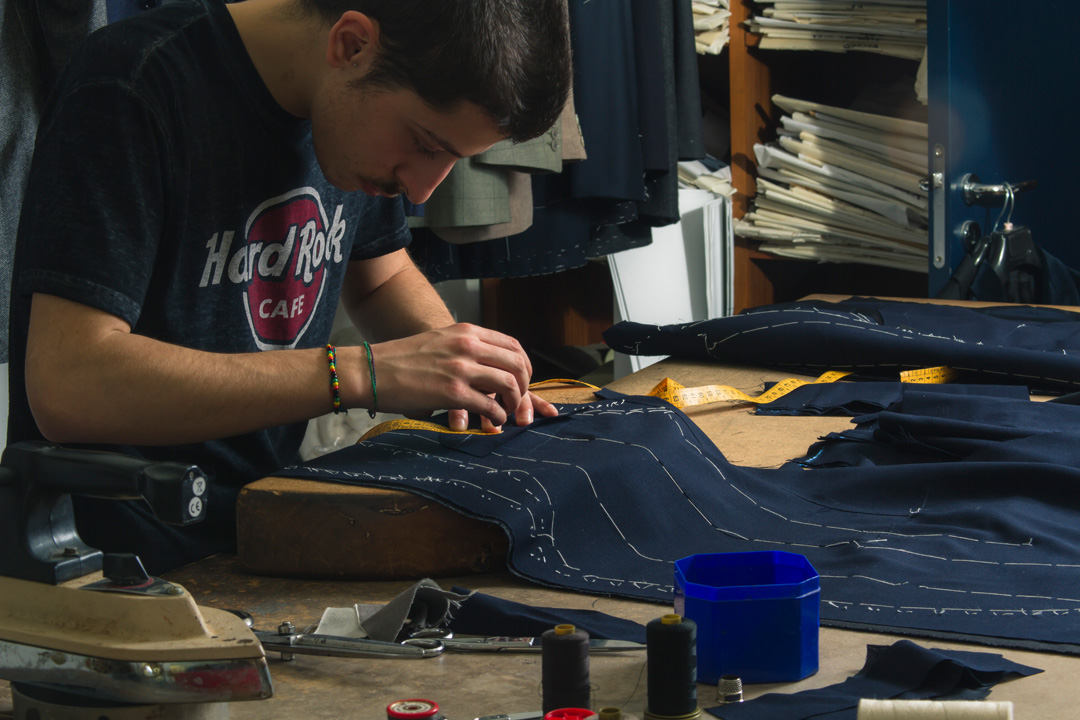
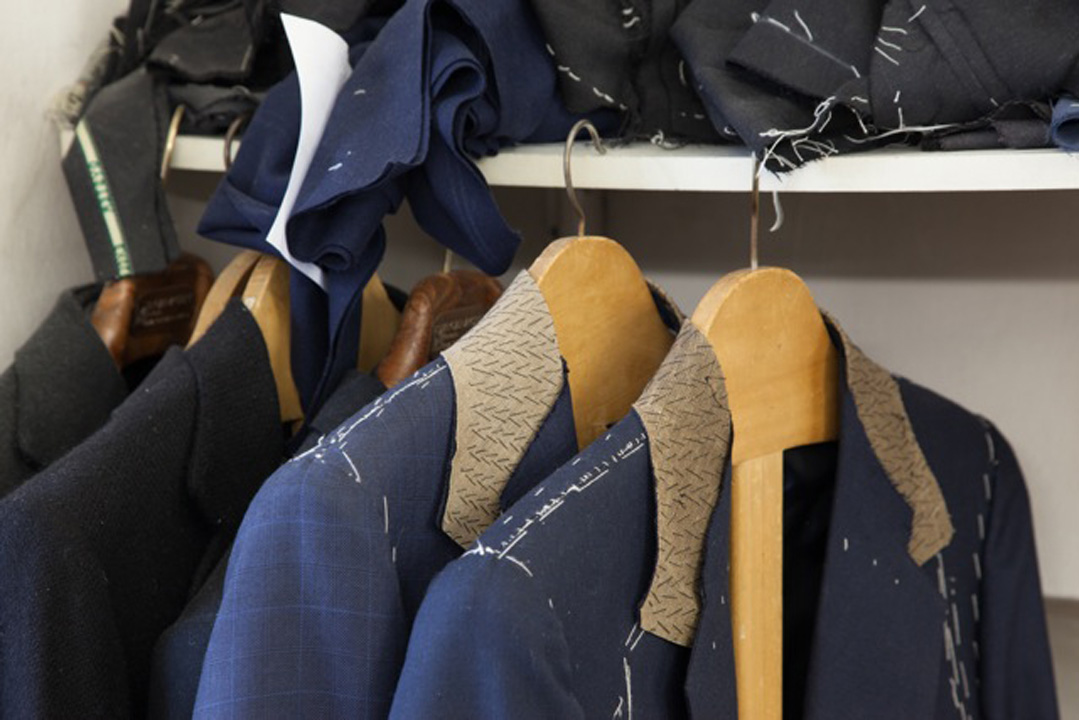
And today, what do you still love about your job?
What I still like the most after 38 years is to produce something unique and something that you can’t copy. Even if I make three suits for a client, they are not exactly the same, because they are made by hand. And a bespoke tailored suit made by hand is really sustainable. My suits last 30 years.
I often say that I work on a ‘happy island’, outside the real world. Because this world right now is very consumerist, not sustainable and it has changed a lot since I was a young girl. And for me, quality is always the first thing I see, not the brand, or the name. So this makes me very proud of what I do.
I appreciate that the work done by hand is very expensive. It takes about 80 hours of specialized tailors, so it’s expensive, but it’s money well spent.
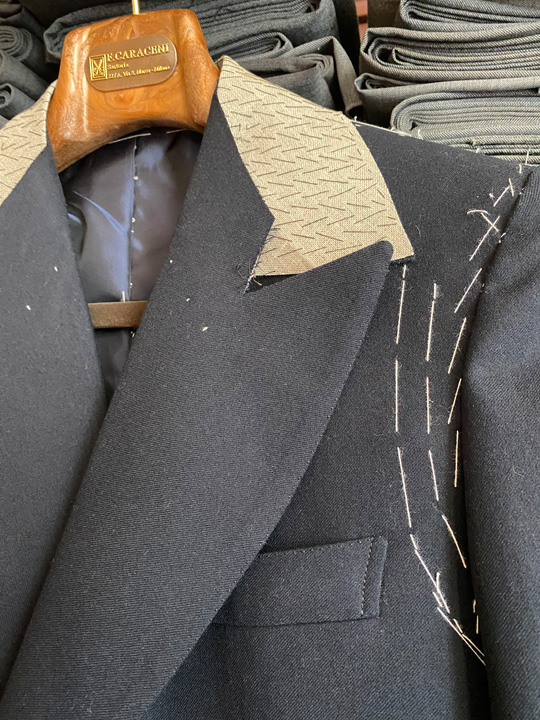
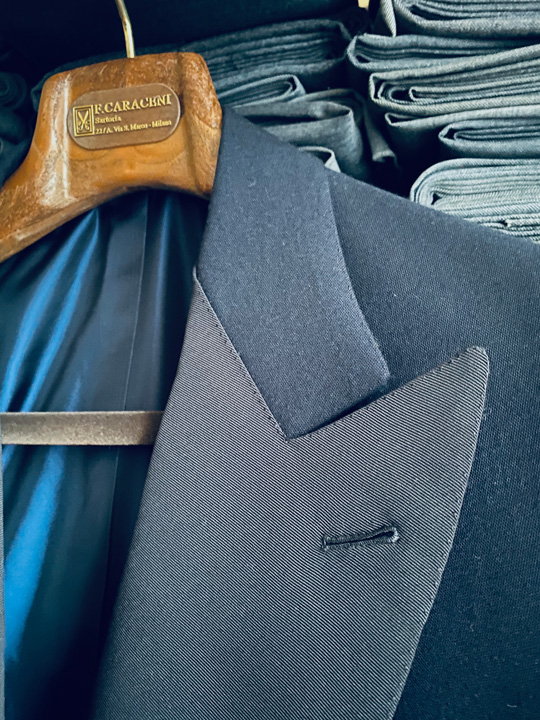
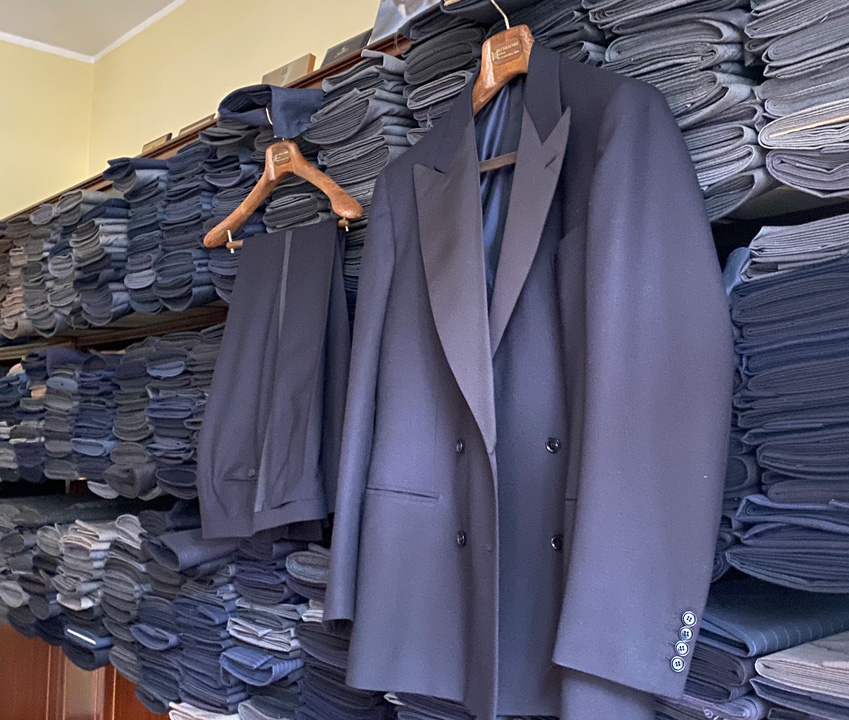
So, sustainability is not just a modern buzz word for you?
We can save everything before throwing it away. For example, a client’s son is getting married and he wants to use the morning coat that his father wore when he got married.
So, we arrange to fit it; we make the shoulder a little narrower, and the sleaves a little shorter. And he can use the coat that his father used 30 years before. It’s so poetic, you know?
Do you have a particular style, is it typically Milanese and different from let’s say Roman styles?
It’s the Milanese style, but very Caraceni. It has a certain lapel and a certain shoulder. I can tell you the difference to a Neapolitan jacket. The creation of my shoulder is very difficult and takes a long time.
The problem is not the padding, it’s about how the shoulder is built and about a certain cut that gives you a different look without sloping shoulders. I must give harmony to that shoulder. That is my job.
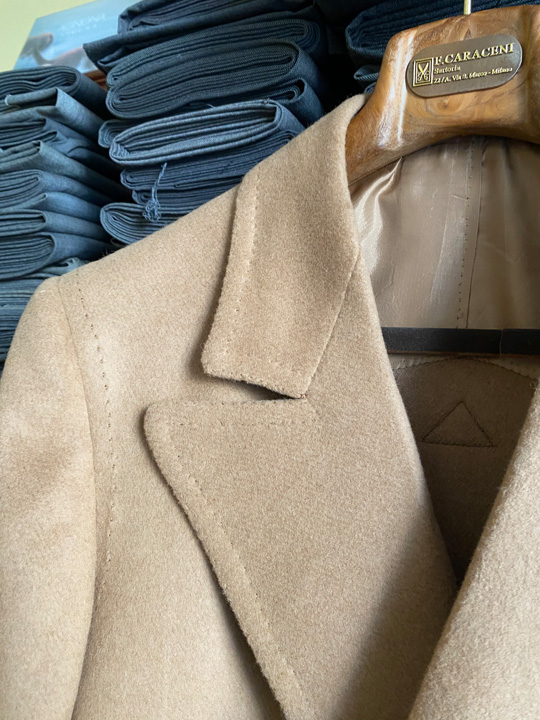
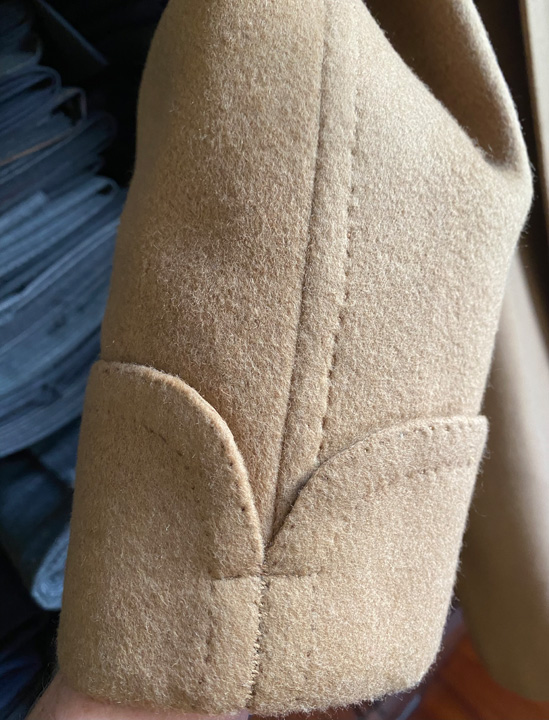
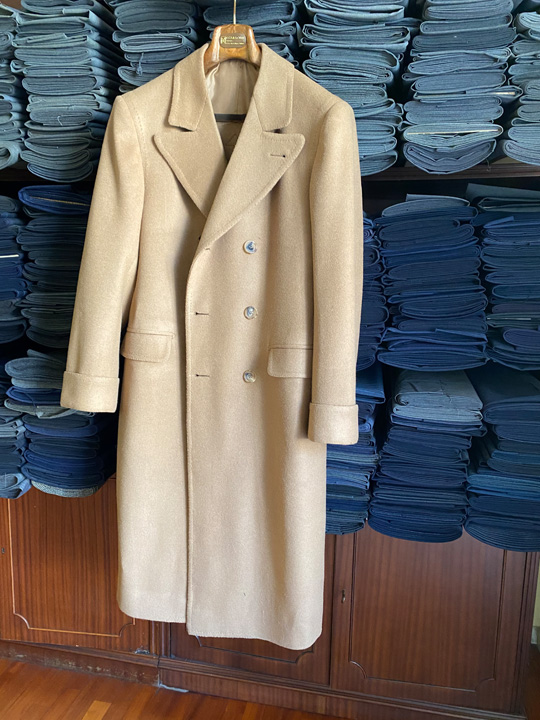
So, when clients come to you, do they have a clear idea of what they want? Or are they influenced by fashion?
I always say: “This is not fashion. Here is pure style, and style on your body.” For example, if a small lapel is ‘fashionable’, I don’t agree, because it depends on your shoulder, on your head, your height, and on your chest.
If you have a very big chest, and you are very tall and I make a small lapel, as in the Dior style for very slim men, your chest will seem even bigger. I have to respect some proportion. Proportion is art, in my opinion.
It takes about 80 hours to create a jacket. is that correct?
Yes, and almost 17 for a pair of trousers.
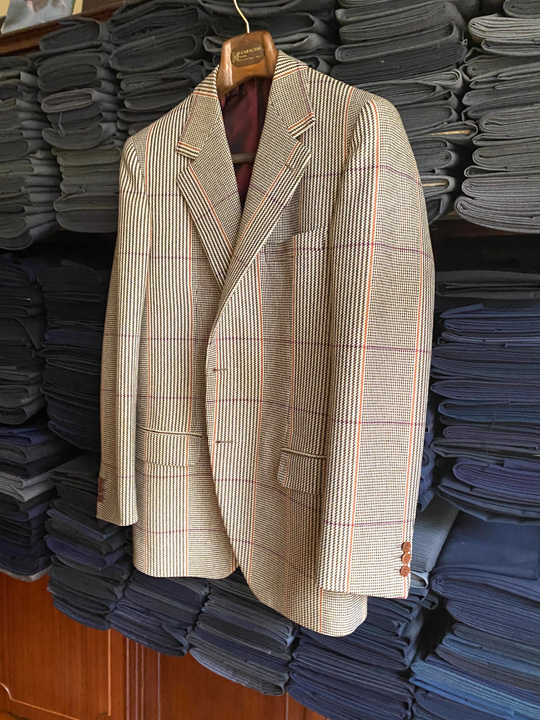
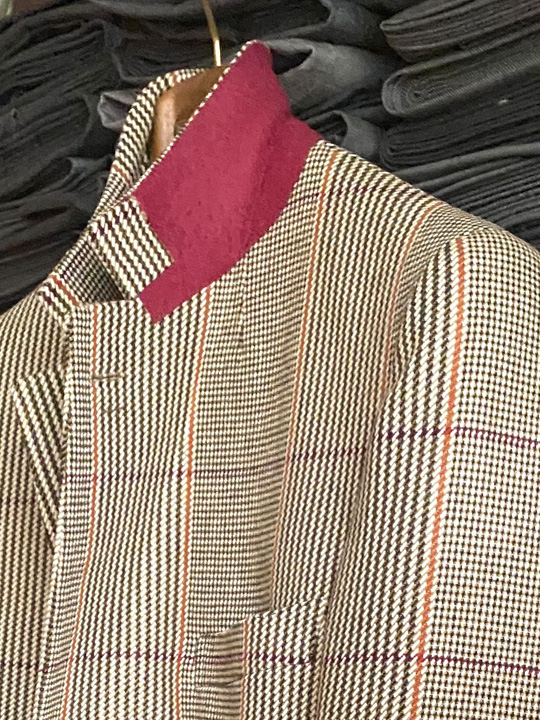
Can you explain the fitting process a little?
The first time a client orders an item, I need to do three fittings. They have to come here to decide on the material and take measurements which is then translated into a paper pattern. After that, I ask for a fitting, and foreign customers often have two fittings in two days because the first and the second is only done with loosely basted fabric parts. After that, they have to come back for the third and final fitting, the ‘sleeve and collar’.
This is when the jacket is almost finished. The sleeves and collar are done, but again, only basted, because we have to decide if the length of the collar is OK. We need to check that the sleeves are well attached. It depends on the client’s posture. For example, if your back is curved, they must be attached in a certain way.
What I like most is to see the first suit finished on the client. Each material answers in a different way. Velvet steals measure because it’s big, but linen gives you millimetres because it’s very thin. So, it’s always better to have a fitting. It’s a long, slow process and requires patience. If you prefer a quick “pay&buy”, this place is not for you.
How big is your team and how many people work on a garment at any given time?
It’s me and eight people. We don’t produce more than 200 to 250 suits per year. No more. It’s not possible.
And what are your favourite materials?
I like very much strong materials, like fresco wool. It’s very durable and often used for sport jackets in the countryside. I also love linen, perhaps it’s the material I like the most. Linen is so natural, so fresh and the suits made out of linen are also the most elegant.
Also, all the stitching by hand, on the sleeve, on the back, every seam, it’s like embroidery for me, with many little points on the lapel. It’s a jewel. And even inside, I like very much suits without lining because, like daddy said: “The inside must be as beautiful as the outside.”
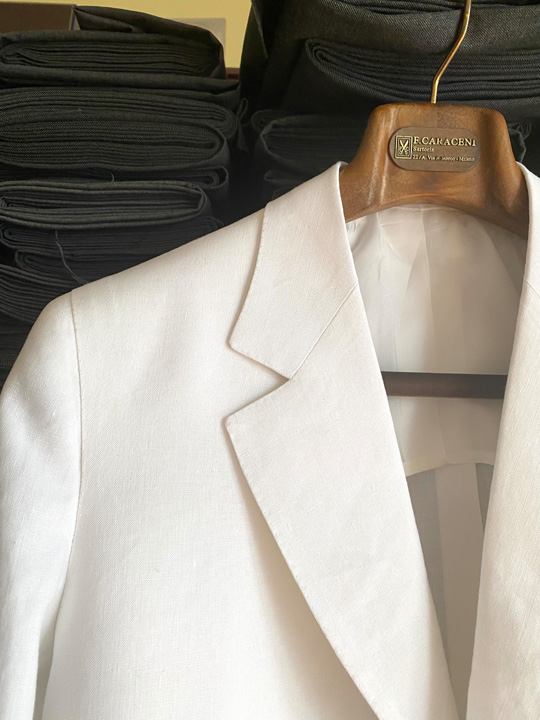
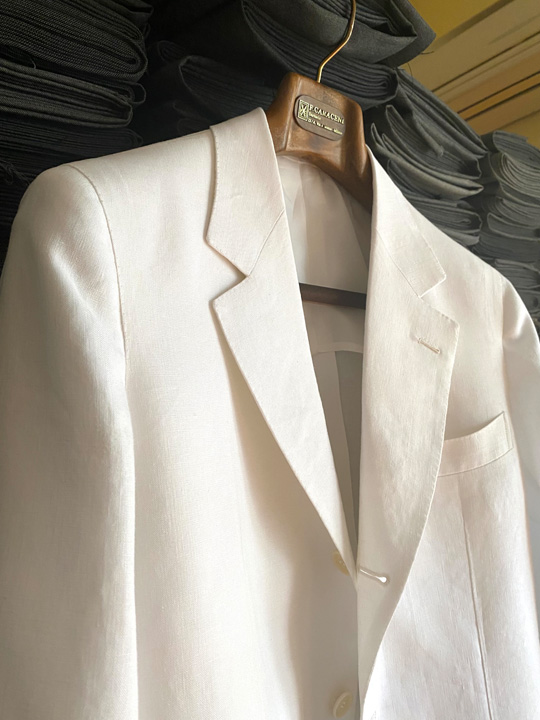
How has the corona pandemic affected you? Do you have more clients looking for that experience again of touching and trying as opposed to buying things online, for example? Do you see any change?
The work was very slow and stopped for a certain time as I physically need the client here for fittings. Of course, many people have become used to buying online, but the people who bought things made by hand – furniture, shoes or a nice suit – they did this before, and they will do it again.
In the last 10 years there has been a growing interest in bespoke tailoring thanks to Instagram and bloggers, but there is also a growing abuse of the term ‘bespoke tailoring’. Everything is ‘bespoke’ now, and everything is sartorial. But it’s not, it’s made in a factory.
What do you think about the future of bespoke?
I see a future if we have new tailors. The problem is, for more than 30 years, I never saw any young boys or girls who wanted to become a tailor. I had a lot of help from Fondazione Cologni Miesteri d’Arte, a foundation that promotes craftmanship. It offers internships to young people and introduces them to artisan work for example in jewellery, ceramics or mosaic, and tailoring and shoemaking.
We have had a lot of six months apprenticeships. It’s still only a short time, but enough to understand if the person is really interested in this job. You can only do this if you have passion. Through the foundation, I have now five young people working for me. They are growing with me and our style. I have invested a lot in the last 15 years. First of all, because I believe in young people; they are the future of this planet, of this town, of my country.
In Italy, we have a big tradition in craftsmanship but it’s dying, because in the last 50 years, governments thought only about corporations, industry, and not craftsmanship or art. We have lost a lot of jobs in which we were the masters in the world.
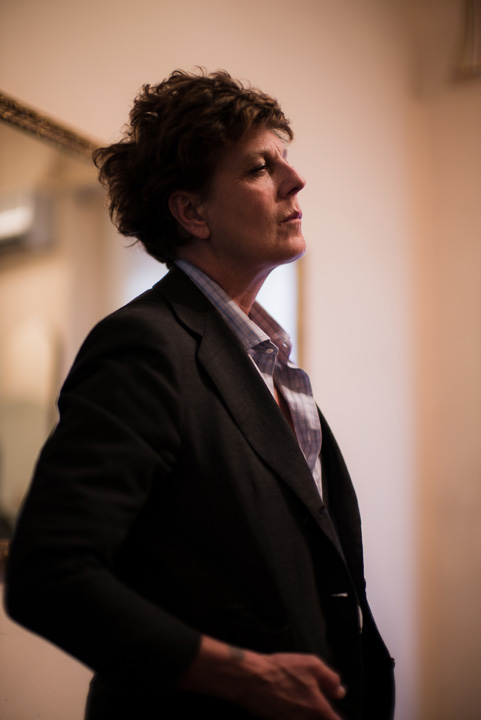
What’s your advice for the next generations to come?
I always say that tailoring is a Zen job. At the end of every day, you are satisfied because you see with your own eyes what you have achieved. When young people are sewing, they often forget all their problems. It’s like they are meditating. So, when I get invited to talks in schools I always say to the students, “Look for jobs that never make you tired. Because my father began to work when he was seven years old, and when he died aged 81, he was not tired of this job.
He didn’t want to go into retirement. He said, “I will retire when I die”. I’ve been in this job for 38 years. I’ve thought a lot about this atmosphere, about the relationship with the client and the relationship with a jacket when it’s finished. It’s like sending away a son, or a daughter, something that’s part of you.
Everything made by hand is something alive, with the passion of the person who has worked on it – a table, a shoe, a chair. There is something alive in it and I like that very much.
Mille grazie, Nicoletta!


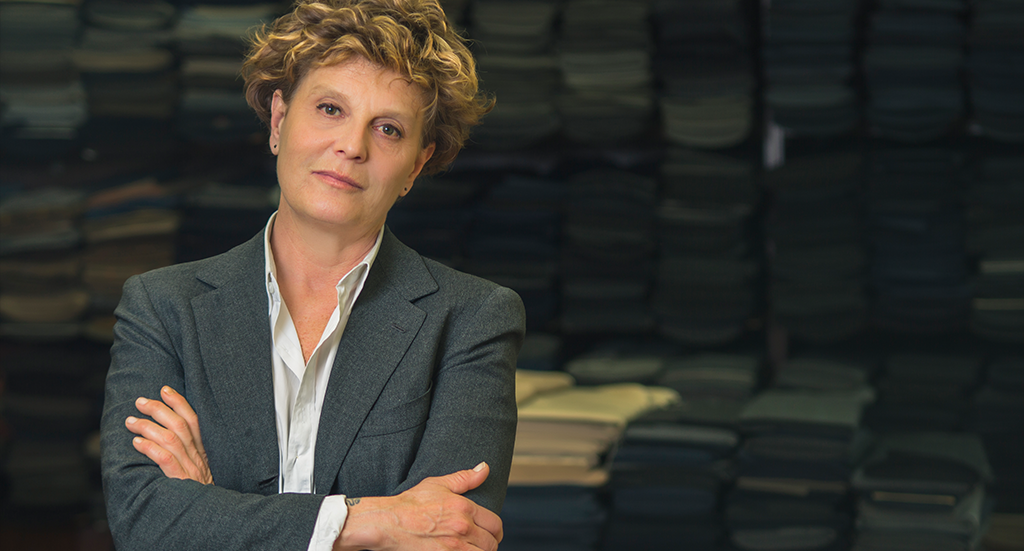
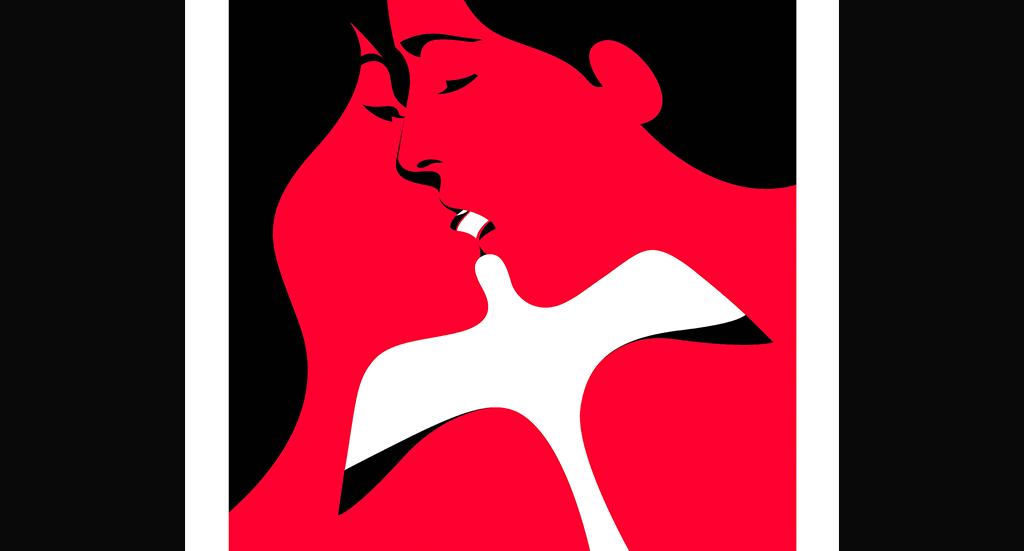
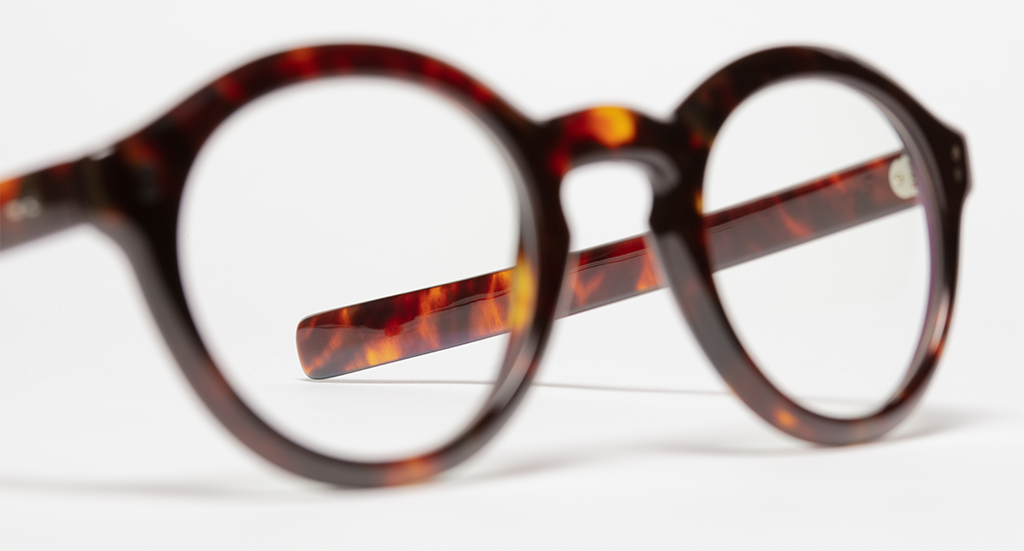

Join our Community